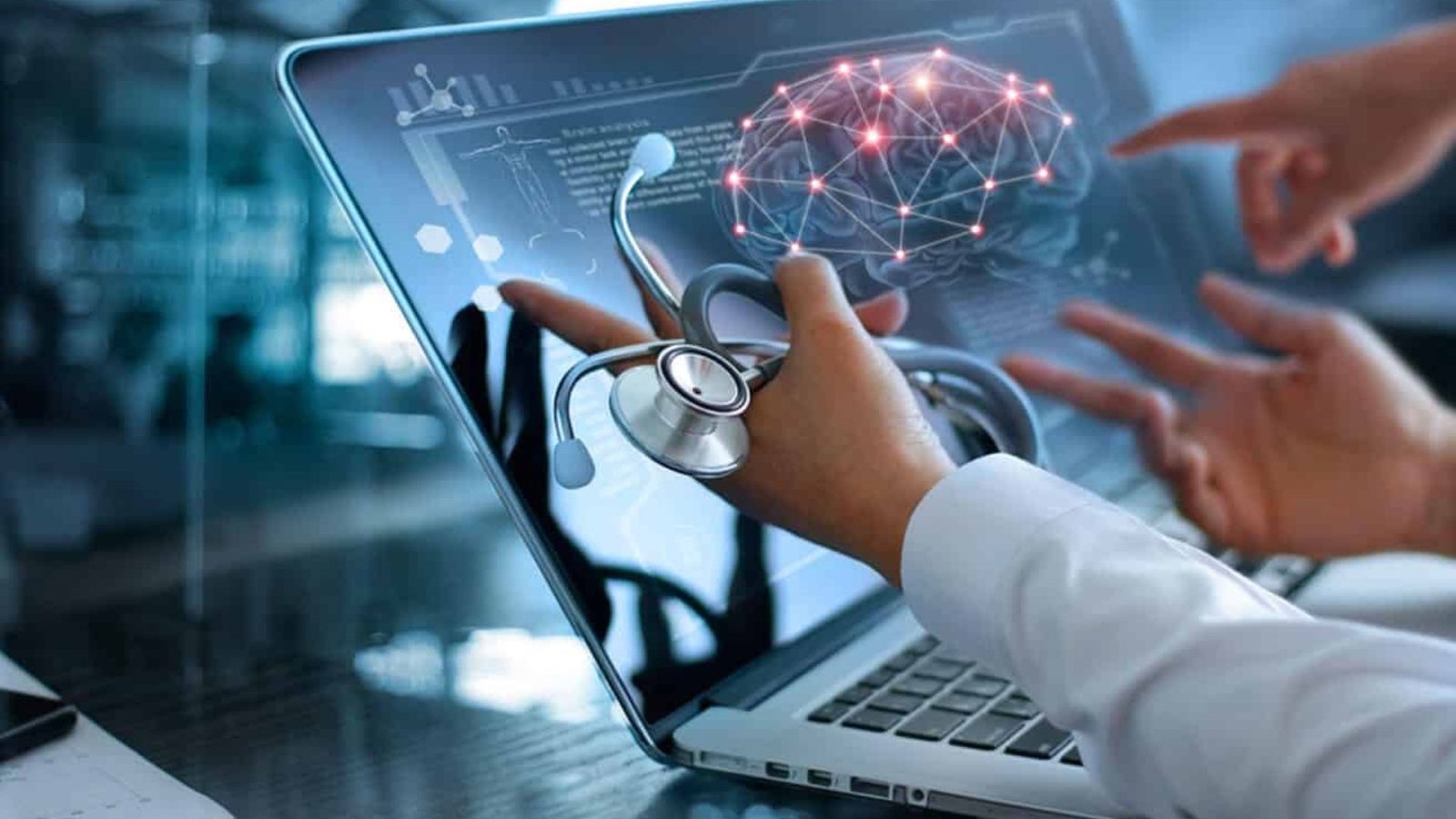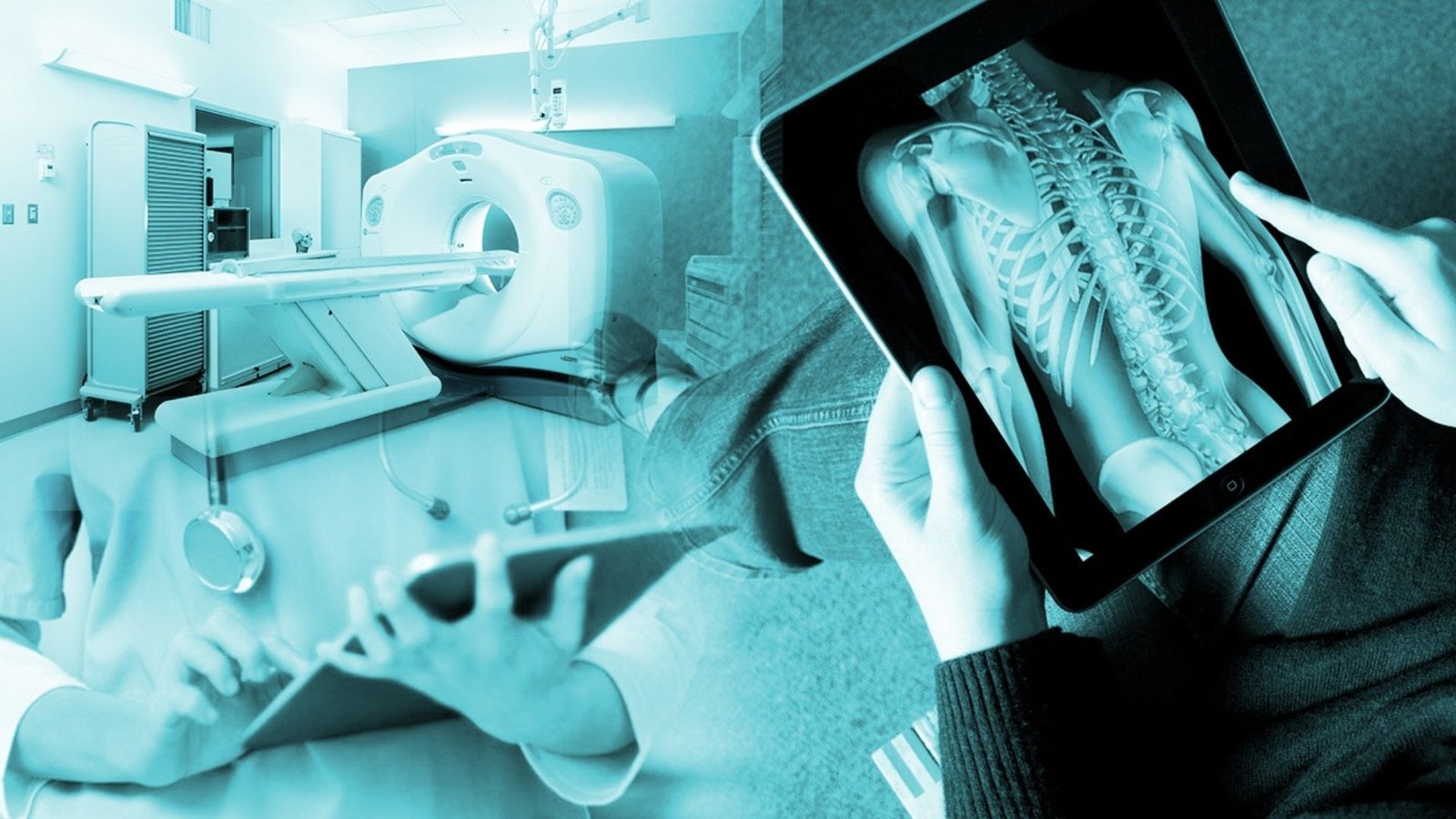
Technology has revolutionized almost every industry, and health care is no exception. From telemedicine to artificial intelligence (AI), the impact of technology on health care systems has been profound. These advancements are improving the quality of care, making it more accessible, and increasing efficiency. In this article, we will explore how technology is transforming health care systems around the world.
1. Enhanced Access to Health Care
One of the most significant ways technology is improving health care is by increasing access to medical services. People in rural or remote areas often struggle to get timely care. With the rise of telemedicine and virtual consultations, patients can now consult with doctors without leaving their homes.
- Telemedicine: Virtual consultations allow patients to speak with health care professionals via video calls, phone calls, or chat messages.
- Mobile health apps: Health apps help patients manage chronic conditions and track their health from anywhere.
- Remote monitoring: Devices can monitor patient conditions in real-time, sending data to doctors for timely interventions.
By removing geographical barriers, technology ensures that more people can access the care they need, no matter where they live.
2. Improved Patient Care and Diagnosis
Technology has greatly enhanced the ability of health professionals to diagnose and treat patients more accurately. For example, artificial intelligence (AI) is being used to analyze medical data, detect diseases, and recommend treatments. AI-powered tools can process large amounts of data in seconds, helping doctors make quicker, more informed decisions.
- AI in diagnostics: AI algorithms can analyze medical images such as X-rays and MRIs to detect conditions like cancer or heart disease at an early stage.
- Predictive analytics: By analyzing patterns in data, technology can predict health risks, allowing doctors to take preventive actions before conditions worsen.
- Robotic surgery: Surgeons use robots to perform minimally invasive surgeries with higher precision, reducing recovery time and improving outcomes.
These innovations lead to better patient care, faster diagnoses, and more effective treatments.
3. Streamlined Administrative Tasks
Health care systems can be very complex, and administrative tasks often take up valuable time that could be spent on patient care. However, technology is streamlining many of these tasks, making health care more efficient.
- Electronic Health Records (EHR): EHRs allow health care providers to store and access patient information digitally. This reduces paperwork, makes it easier to track patient history, and improves care coordination.
- Automation: Many administrative tasks, such as scheduling, billing, and insurance claims, can now be automated, reducing human error and saving time.
- Data management: Health systems use data analytics to track performance, optimize resource use, and improve patient outcomes.
By reducing the burden of administrative work, technology allows healthcare workers to focus more on patient care.
4. Increased Efficiency and Cost Savings
Technology is helping health care systems operate more efficiently, reducing costs for both providers and patients. For example, telemedicine eliminates the need for office visits, reducing travel costs and saving time for both doctors and patients.
- Fewer hospital visits: Remote consultations and home health monitoring mean that fewer patients need to visit the hospital for routine care.
- Reducing errors: With digital records and automated systems, the risk of medical errors caused by miscommunication or missing information is greatly reduced.
- Cost-effective treatments: Technologies like robotic surgery can reduce the cost of treatment by shortening recovery times and reducing the risk of complications.
5. Personalized Health Care
Technology is enabling personalized medicine, which tailors treatments to individual patients based on their genetic makeup, lifestyle, and preferences. This approach increases the chances of treatment success and minimizes side effects.
- Genetic testing: Through advancements in genomics, doctors can understand a patient’s genetic risks and recommend treatments that work best for them.
- Wearables and apps: Devices and apps can monitor patients’ health in real-time, providing doctors with personalized data that can guide treatment decisions.
- Customized treatment plans: Using data from medical records, health apps, and wearable devices, doctors can design treatment plans that are personalized to each patient’s needs.
Personalized care improves patient outcomes and ensures that each individual gets the most appropriate treatment.
6. Improved Communication Between Providers
Effective communication between different health care providers is essential for delivering high-quality care. Technology is improving this communication by allowing providers to easily share information and collaborate on treatment plans.
- Interoperability: Digital records can be shared securely across different health care systems, allowing doctors, specialists, and hospitals to coordinate care more effectively.
- Virtual collaboration: Doctors can collaborate in real-time on patient cases, regardless of location, using video calls and other digital tools.
- Patient portals: Online portals allow patients to communicate directly with their doctors, schedule appointments, and access their health information.
These improvements lead to better collaboration, quicker decision-making, and a more unified approach to patient care.
7. Enhanced Data Security and Privacy
With the growing use of technology in health care, ensuring data security and patient privacy has become a top priority. Innovations in cybersecurity are helping protect sensitive patient information from breaches and unauthorized access.
- Encryption: Health care data is encrypted, making it unreadable to unauthorized parties.
- Blockchain technology: Blockchain ensures that patient records are secure and tamper-proof, providing an extra layer of protection.
- Two-factor authentication: Health care providers use multi-factor authentication to verify identities and prevent unauthorized access to patient data.
These advancements help protect patients’ privacy while ensuring that health information remains secure and accessible only to those who need it.
8. Better Health Education and Awareness
Technology is also improving health education and awareness. Patients now have access to more information than ever before, allowing them to make informed decisions about their health.
- Online health resources: Websites, apps, and virtual seminars provide patients with reliable information about diseases, treatments, and preventive care.
- Interactive tools: Tools like symptom checkers and health quizzes help patients better understand their health and identify potential issues.
- Health campaigns: Social media and digital platforms allow public health organizations to reach large audiences and promote healthy behaviors.
These digital resources empower patients to take control of their health and make better choices.
Conclusion
The impact of technology on health care systems is vast and continues to grow. From increasing access and improving patient care to making health care more efficient and cost-effective, technology is transforming the way we receive medical services. As these innovations continue to evolve, health care will become more personalized, accessible, and efficient. Embracing these changes will lead to better outcomes for patients, a more sustainable health care system, and a healthier world.











